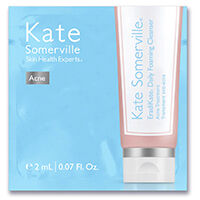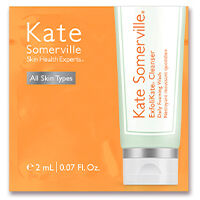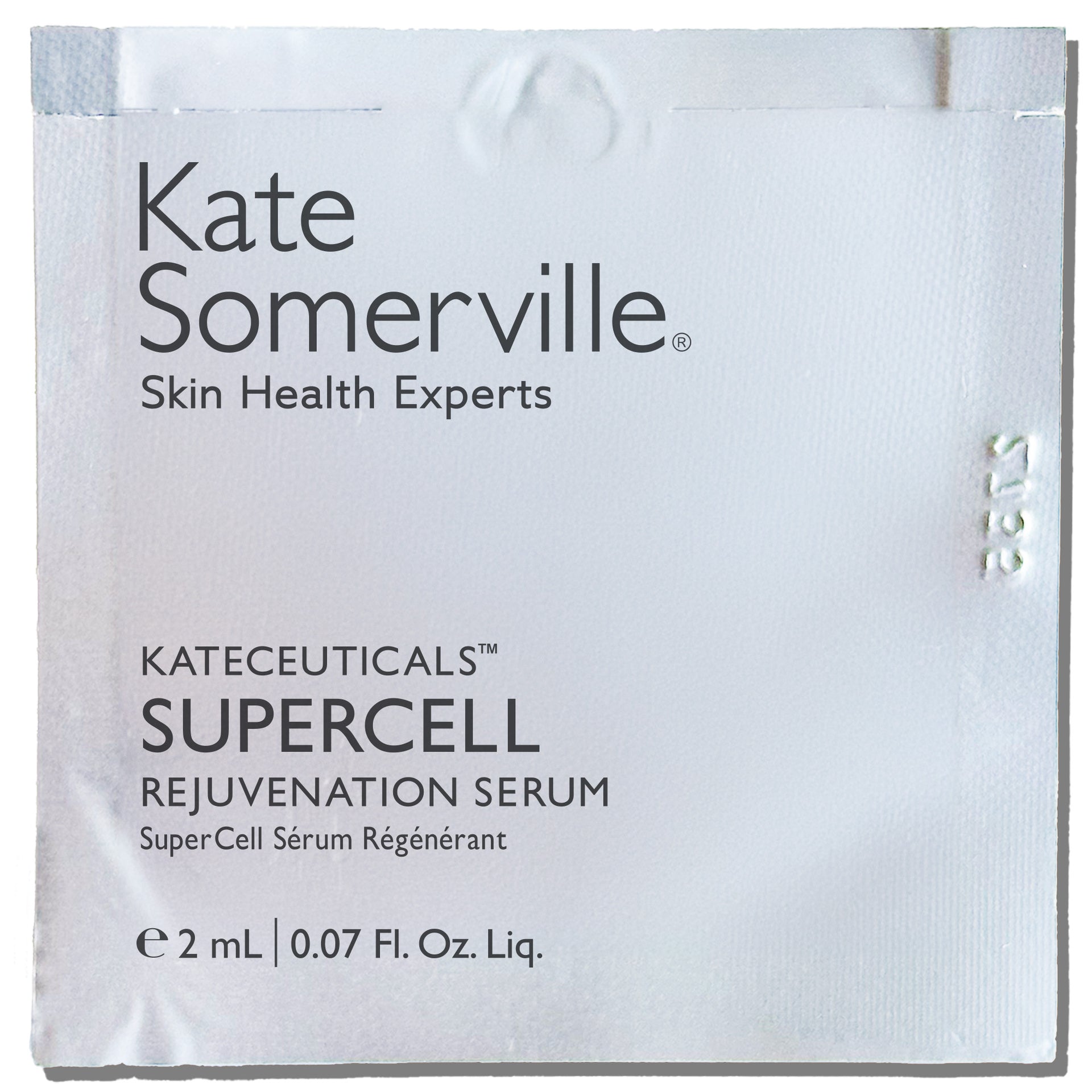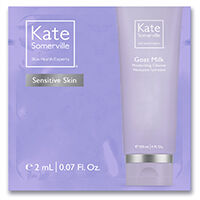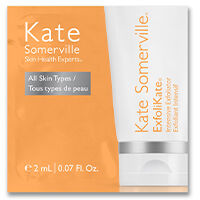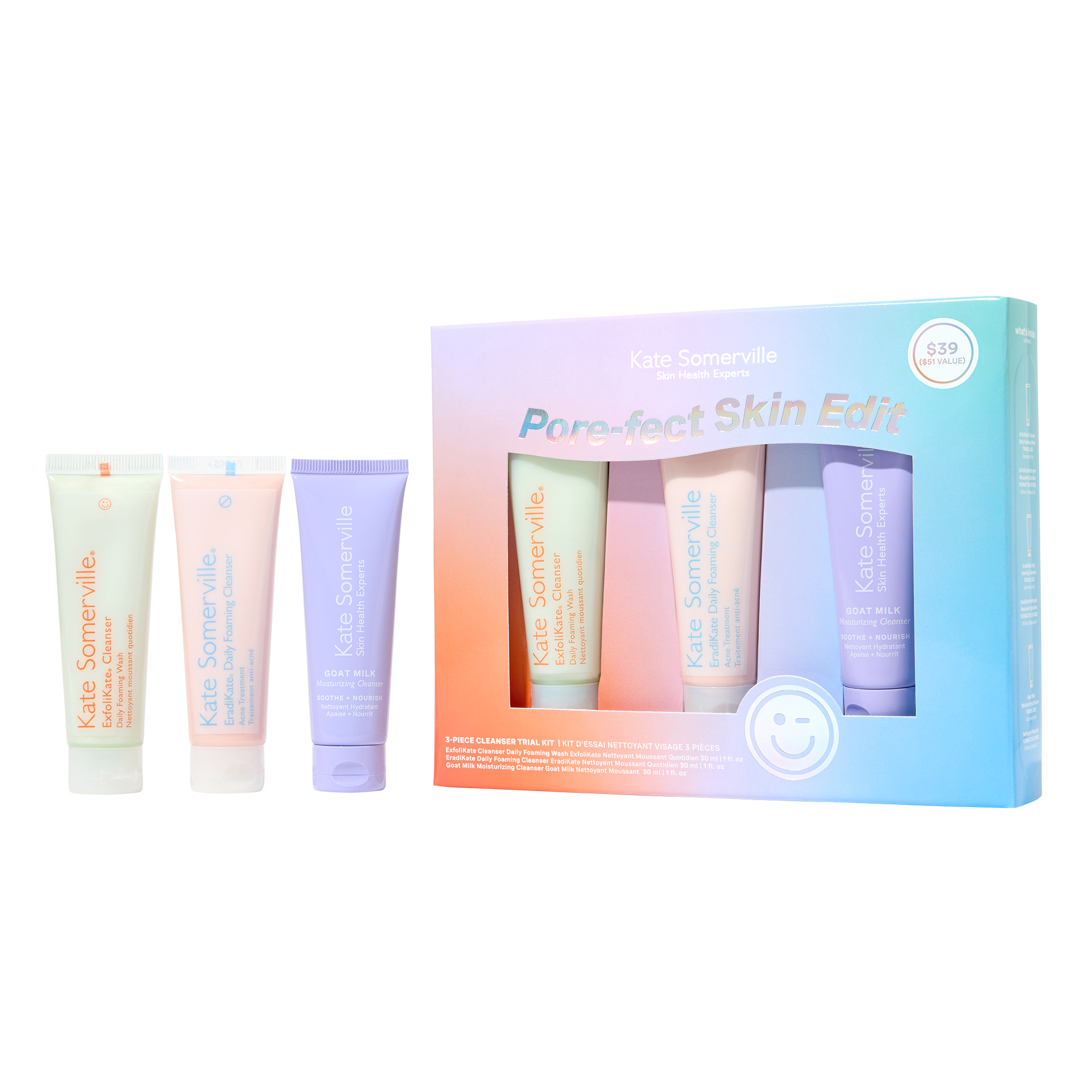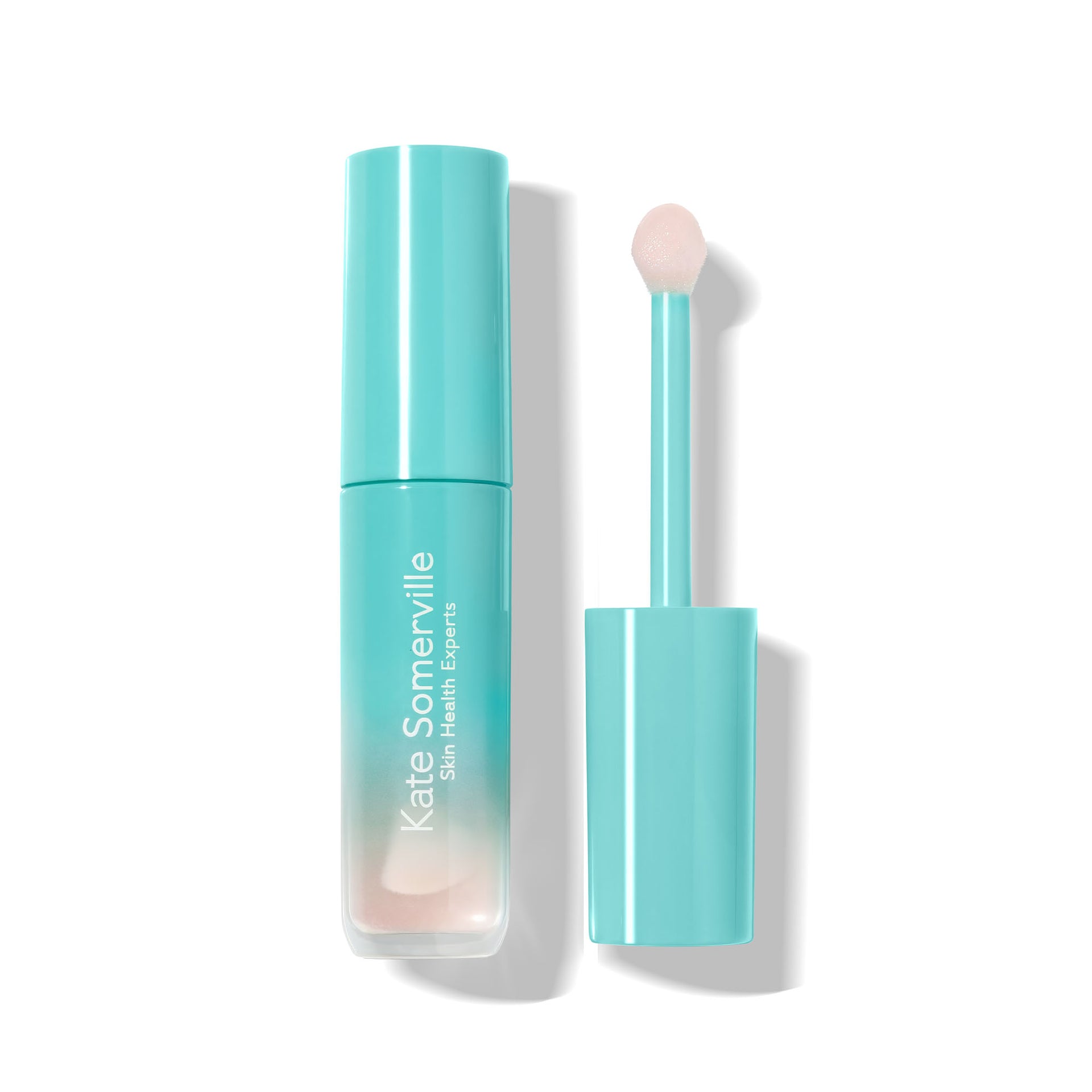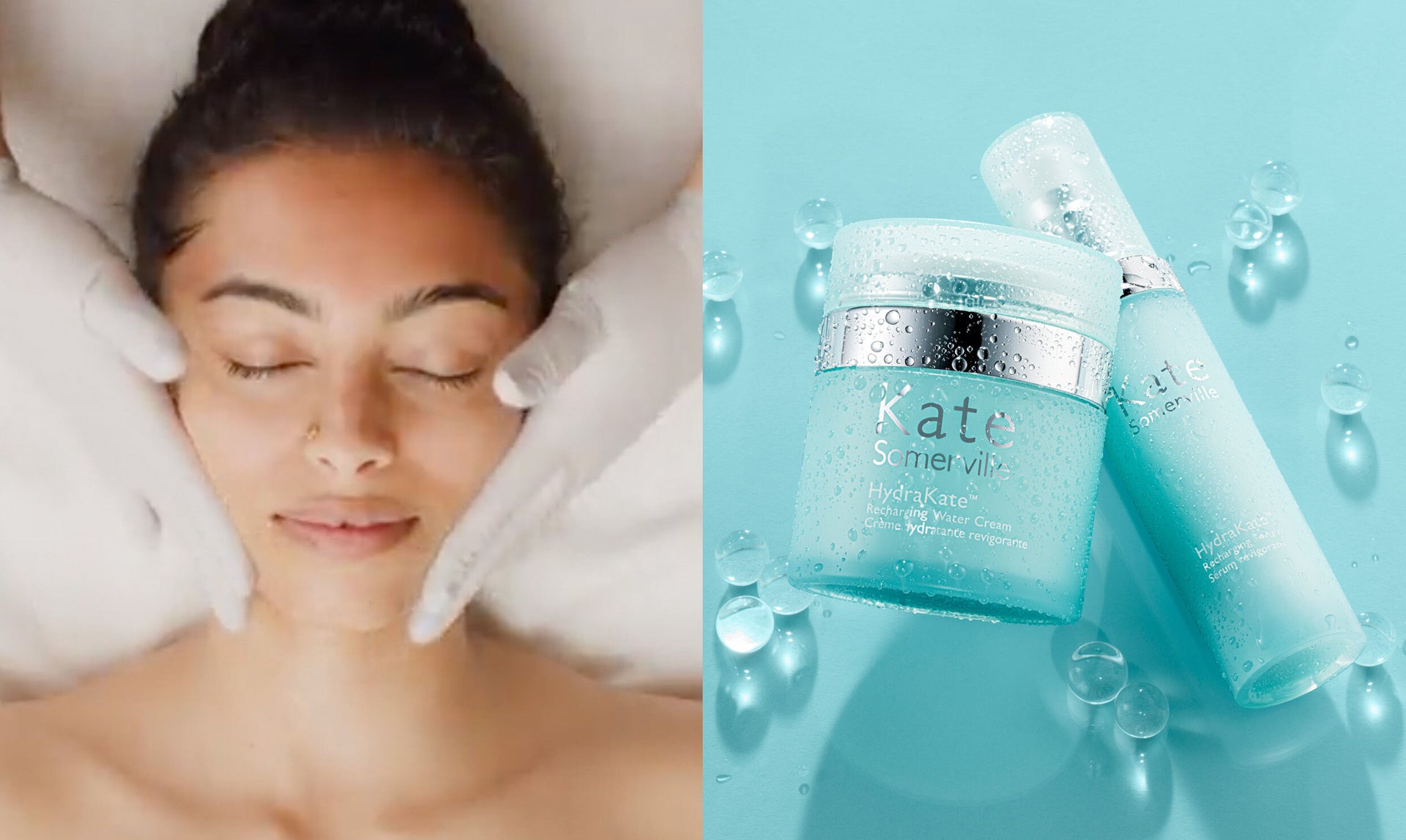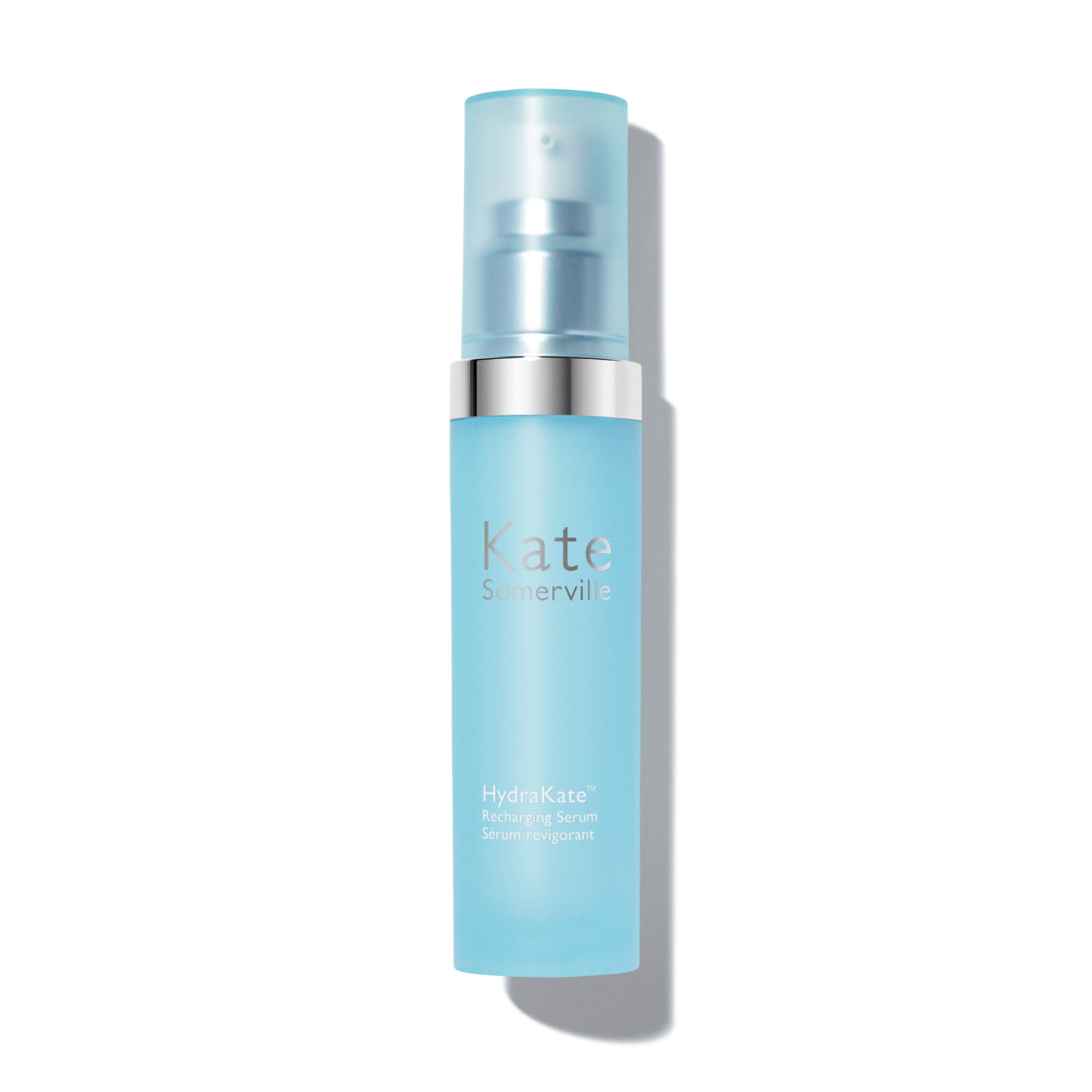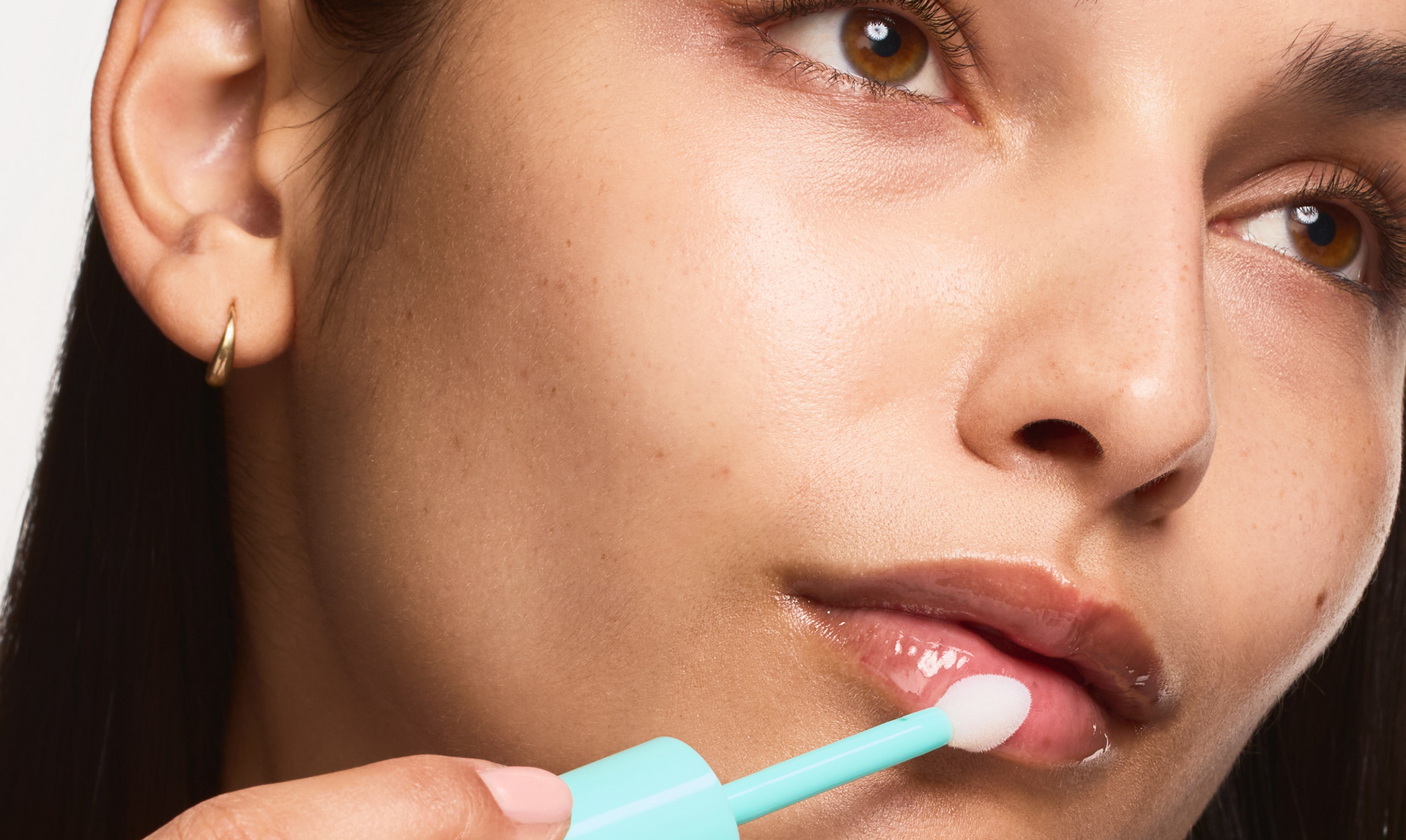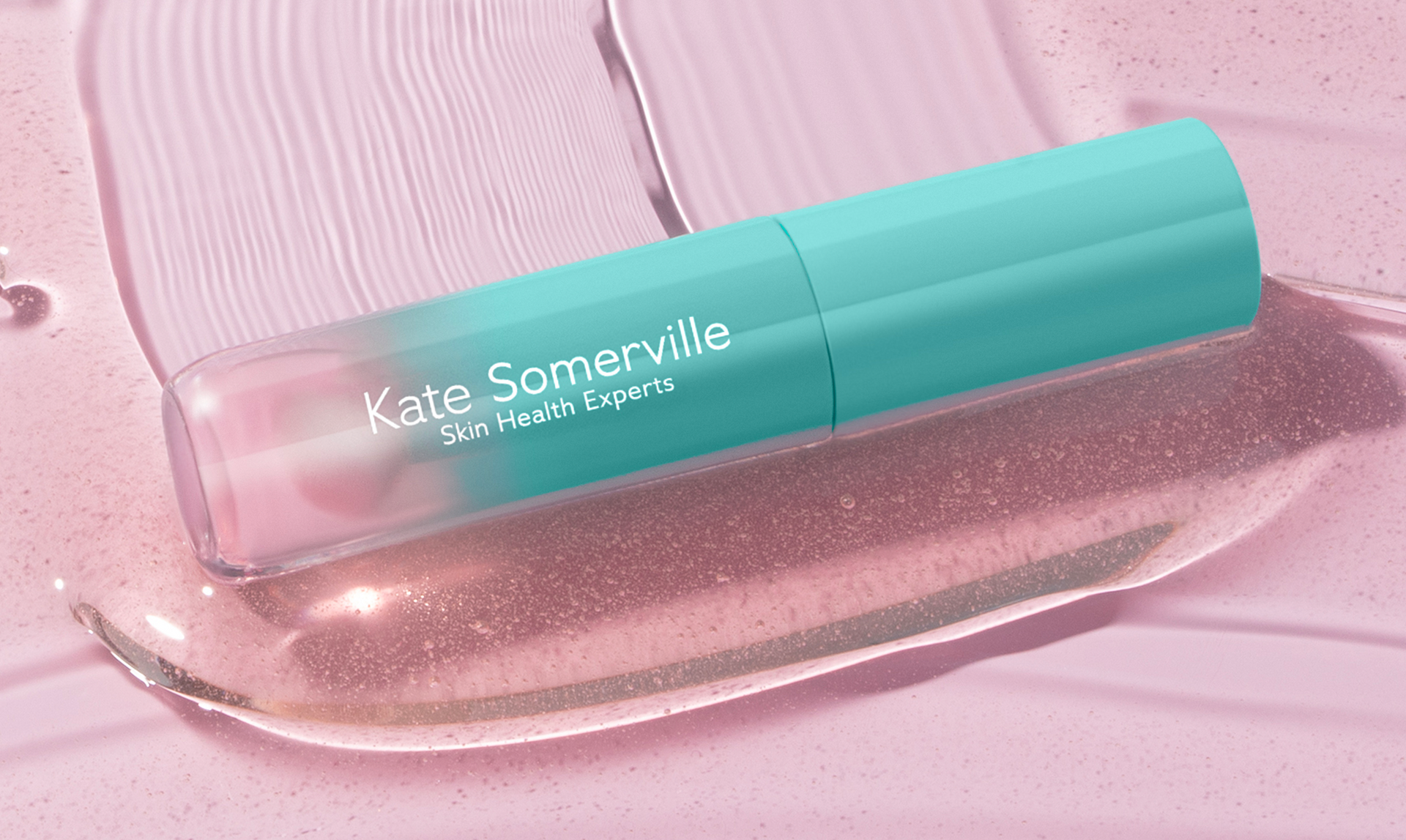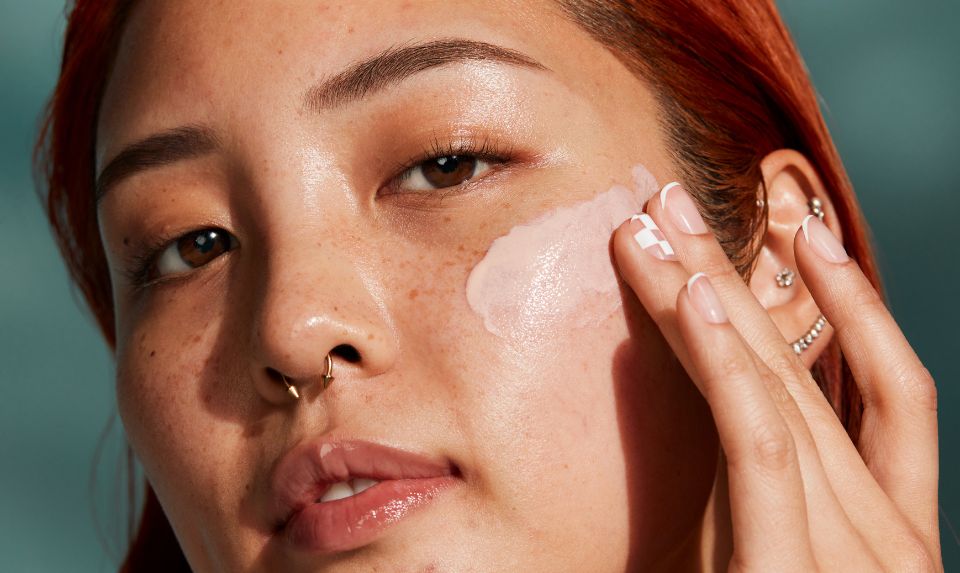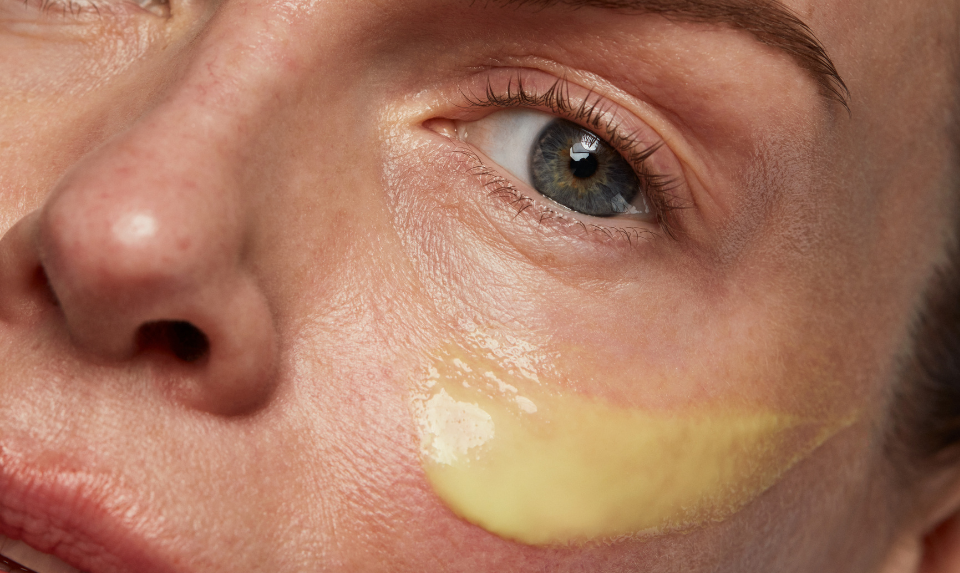How Do Aquaporins Make Our Skin Look Good?
The pursuit of beautiful, glowing skin includes maintaining optimal hydration. When our skin cells are fully hydrated, they make skin surfaces appear more smooth, plump, and refreshed.
One significant player behind hydrated skin cells is an unassuming little protein called aquaporin.
With a name that calls to mind hydrated pores, it’s no wonder these water-moving proteins play an important role in making our outer layer of skin look good. But how exactly does aquaporin skin care keep our outer layer glistening? Find out everything you need to know about aquaporins below.
What Are Aquaporins?
Aquaporins are microscopic oval-shaped proteins responsible for moving water between cell membranes, similar to the plumbing that allows liquids to move freely among cells. A fairly recent finding, aquaporins were first detected by Peter Agre, who received the Nobel Prize in 2003 for his discovery.
There are thirteen aquaporins that have been identified, with AQP3 being the most prevalent in our skin. AQP3 is an aquaglyceroporin, which means it is not only important for water transport through the skin’s cell membranes, but also glycerol transport, a compound that plays an important role in maintaining the skin’s moisture levels and elasticity, as well as restoring the skin’s barrier.
In addition to hydrating skin cells, aquaporins also perform essential tasks for other organs that rely on fluid and water transport for optimal functioning, such as:
- Kidneys
- Lungs
- Eyes
- Digestive system
How Are Aquaporins Used In Skin Care?
If you’re looking to improve dry skin and achieve a more radiant complexion, hydration is key. When your skin is well-hydrated, it has more elasticity, which allows for a supple, healthy glow. Since aquaporins foster skin cell hydration, new body care treatments that utilize aquaporins are currently being tested for their effects on skin moisture levels.
Many of these skin care treatments focus on ways to stimulate the creation of new aquaporins, increasing the number of AQP3 water and glycerol channels to improve skin dryness and overall quality. One active ingredient used to encourage the creation of aquaporins is gluco-glycerol, found naturally in blue-green algae, which is used in algae skin care products. Other ways to stimulate AQP3 production are currently being explored, as well.
With more AQP3 channels available, it may be possible to achieve skin hydration that’s:
- Faster
- More complete
- Longer-lasting
This is because activating aquaporins also encourages the absorption of other ultra-hydrating ingredients like hyaluronic acid and glycerol, both of which are essential for optimal skin moisture and health. Our HydraKate™ Recharging Serum incorporates AquaPort Technology with hydrating ingredients like hyaluronic acid and algae extract to soothe and lock in moisture for soft, glowing skin.
The Benefits Of Stimulating Aquaporin Production
Although our bodies naturally produce aquaporins, increasing their production may nevertheless be beneficial. Why?
Factors like aging and UV exposure have been shown to correlate with dry skin and a reduction of aquaporins in the body. And this makes sense—since aquaporins facilitate water distribution between cells, more aquaporins means greater disbursement of water, while fewer aquaporins means a reduction in the disbursement of water, leading to dry skin.
Reduced levels of aquaporin in the skin can also result in the following:
- A reduction of the skin’s protective barrier function
- A greater likelihood of certain skin conditions, such as dermatitis and psoriasis
Skin treatments that focus on stimulating aquaporin production could therefore help to alleviate symptoms such as inflammation, redness, and dry skin.
What’s more, skin treatments that encourage aquaporin production may also:
- Help skin cells absorb other hydration-focused body care products more quickly, leading to smoother, plumper skin in a flash
- Improve the skin’s natural protective barrier function, keeping the skin (and body) safe from harmful external forces like UV rays and pollution
The Role of Aquaporins in AquaPort Technology
Built upon Peter Agre’s Nobel Prize-winning discovery, AquaPort Technology utilizes the aquaporin membrane channels to provide intense, thorough hydration to even the driest of skin for transformative, moisture-rich results. How?
The technology opens up skin cells and channels so that they can immediately receive and absorb hydrating ingredients like hyaluronic acid. At this cellular level, the skin is able to undergo a deeper, more intense hydration that lasts longer and is more effective for relieving dryness and dullness.
Kate Somerville: Cutting Edge Skin Care For Complete Hydration
If persistent dryness has your skin looking dull and feeling rough, you might benefit from a hydration boost at the cellular level. Our new HydraKate™ collection combines state-of-the-art AquaPort technology with other hydration helpers, like algae, hyaluronic acid, and rosemary extract to promote hydrated, smooth, and supple skin. Read more about rosemary benefits for skin that’s been dated back as a centuries-old remedy.
With a history of eczema herself, Kate aims to connect people with our signature in-clinic microchanneling treatment – delivering deeper, longer-lasting hydration to your skin in the comfort of your own home.
At Kate Somerville, we’re always looking for the most innovative and effective ways to give you the beautiful skin you deserve. Whether it’s through AquaPort Technology or any of our other expertly-forumated collections, we’re here to help guide you to your best-looking skin yet.
Sources:
Current Biology. Aquaporins. https://www.ncbi.nlm.nih.gov/pmc/articles/PMC3590904/
ResearchGate. New data confirm skin revitalizing and stress protection by Glycoin natural. https://www.researchgate.net/publication/315693856_New_data_confirm_skin_revitalizing_and_stress_protection_by_Glycoin_R_natural
International Journal of Molecular Science. Aquaporins Are One of the Critical Factors in the Disruption of the Skin Barrier in Inflammatory Skin Diseases. https://www.ncbi.nlm.nih.gov/pmc/articles/PMC8999368/
International Journal of Molecular Science. Relationship between Aging-Related Skin Dryness and Aquaporins. https://www.ncbi.nlm.nih.gov/pmc/articles/PMC5536047/
Journal of the American Society of Nephrology. Peter Agre, 2003 Nobel Prize winner in chemistry. https://pubmed.ncbi.nlm.nih.gov/15034115/
Journal of Clinical and Aesthetic Dermatology. Aquaporins. https://www.ncbi.nlm.nih.gov/pmc/articles/PMC3396453/
Journal of Drugs in Dermatology. Hydrating skin by stimulating biosynthesis of aquaporins. https://pubmed.ncbi.nlm.nih.gov/17691206/

